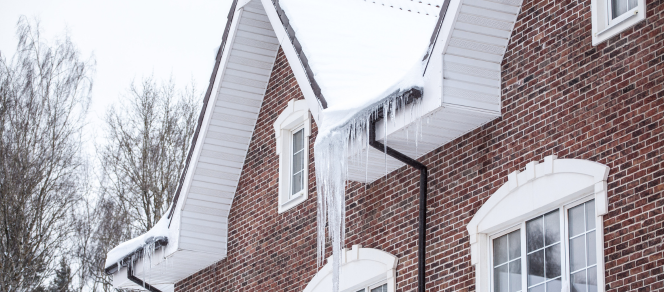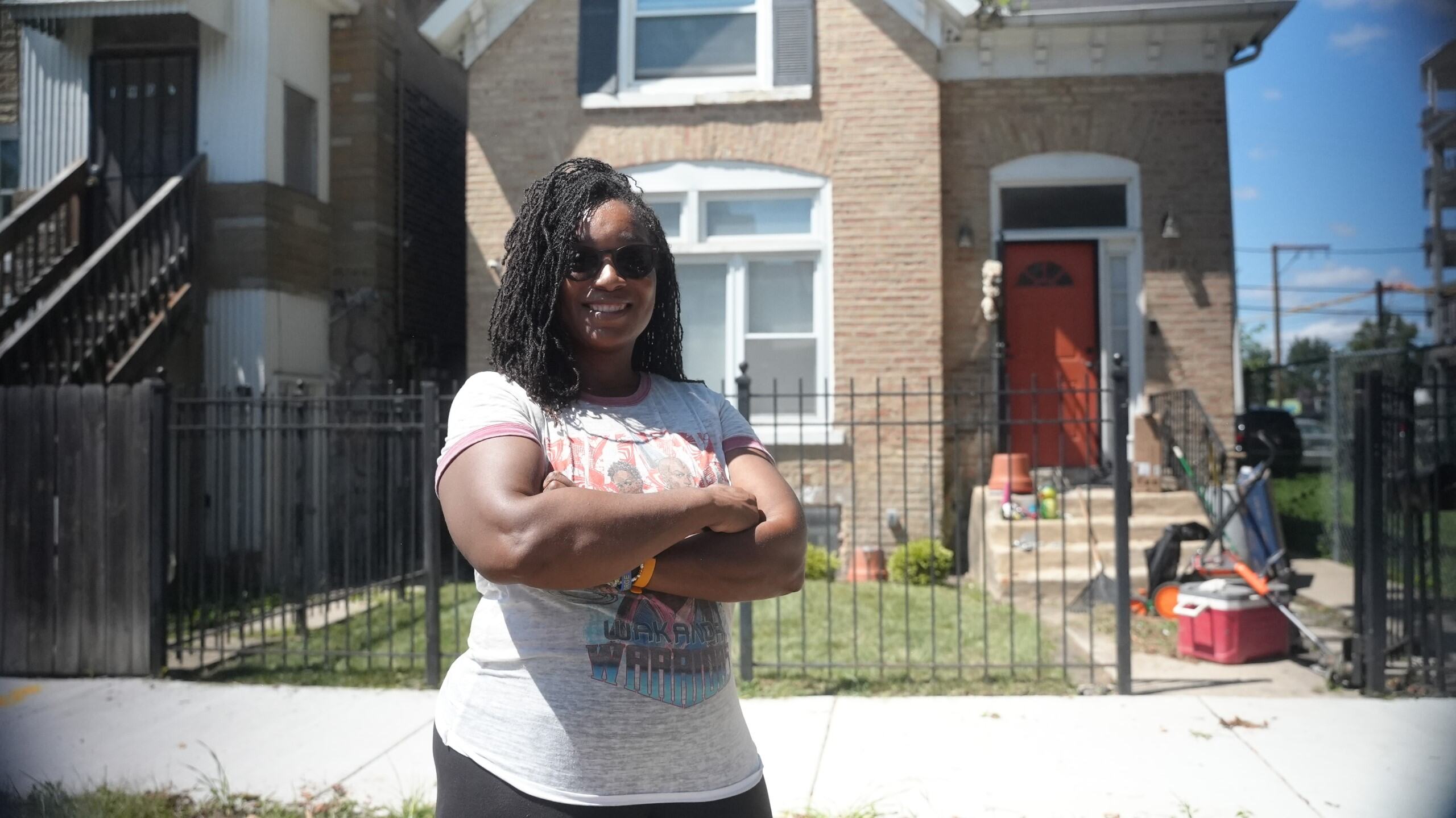Community Resources: Fall Energy Saving Tips to Get Your Home Ready for Winter

The transition between summer and winter is an exciting time, with cooler temperatures starting and the holidays right around the corner. Fall is a great time in between the cooling and heating seasons to assess your home and make energy-efficiency home improvements to get ready for winter!
Last winter you might have noticed unusually high heating bills that were caused by a disruption in natural gas supply across the county. Natural gas prices have continued to rise, and this winter heating season might come with increases in energy bills for many people. These energy-saving tips for fall can help you reduce energy and save money on your heating bills this season.
Your Fall Energy Checklist
- Use caulk and weatherstripping to seal gaps and cracks around windows, doors, and other leaky areas.
- Talk to a contractor about installing insulation at your home.
- Open your curtains to let the sun naturally warm your home.
- Switch the direction of your ceiling fans to turn clockwise.
- Update your thermostat settings to 68 degrees.
- Consider buying a smart thermostat.
- Clean your heating system and vents.
- Clean or replace your air filter.
- If necessary, talk to a contractor to upgrade your HVAC system.
- Apply to energy assistance programs in the fall to ensure assistance before funding runs out.
Keep reading to learn more about each of these fall energy-saving tips!
Air Sealing and Insulation for Your Home
Before it gets too cold, check your home’s exterior envelope to see how it is protected from the outside. A home that is properly air-sealed and insulated will help you use less energy, lower your energy bills, and stay warm this winter!
Air Sealing: Air sealing means filling the gaps and cracks around your home so that warm air doesn’t leak outside, and cold air doesn’t get it. Most of the time these leaky areas are around windows, doors, and other existing openings like fireplaces or electric sockets.
You can seal a lot of these areas yourself by using weatherstrips or caulk. Read our blog, DIY Ways to Seal and Insulate Your Home to learn how!
Insulation: The most effective approach to energy savings at home is to insulate the walls and attic. Insulation creates a barrier that slows down the natural flow of warm air inside to cold air outside. It decreases the amount of heat loss from your home, resulting in energy savings and greater energy efficiency.
The type of insulation and the placement will depend on the style and age of your home. Work with a qualified contractor to install comprehensive insulation in your home.
Fall checklist:
- Use caulk and weatherstripping to seal gaps and cracks around windows, doors, and other leaky areas.
- Talk to a contractor about installing insulation at your home.
 Let the Sun Heat up Your Rooms
Let the Sun Heat up Your Rooms
If you were keeping your curtains closed in the summer to stay cool, now is the time to reverse your habits! Open your curtains during the day to let the sun naturally warm your home without turning up the thermostat.
Fall checklist:
- Open your curtains to let the sun naturally warm your home.
Switch the Direction of Your Ceiling Fans
Ceiling fans don’t just keep us cool, they also help us stay warm! Don’t forget to reverse the direction in fall from counterclockwise (summer) to clockwise (winter). Setting your fan to spin clockwise pushes warm air that has risen to the ceiling back down into the room. Fans also help redistribute the warm air coming out of your vents evenly across the home.
Fall checklist:
- Switch the direction of your ceiling fans to turn clockwise.
Update Your Thermostat Setting for Fall
 Update your thermostat from warm weather settings to cold weather settings. The optimal energy-saving temperature to reduce your heating costs is 68 degrees in the winter (in the summer, it’s 76 degrees) according to the Department of Energy. This is the best temperature to keep comfortable while saving energy.
Update your thermostat from warm weather settings to cold weather settings. The optimal energy-saving temperature to reduce your heating costs is 68 degrees in the winter (in the summer, it’s 76 degrees) according to the Department of Energy. This is the best temperature to keep comfortable while saving energy.
If you haven’t already, think about buying a smart thermostat to save more on your cooling and heating expenses. A smart thermostat adapts to your daily routine and changes the temperature to one that saves energy whether you are away from home or asleep. Think about taking advantage of the Illinois Home Weatherization Assistance Program’s cheap smart thermostat offer. Contact us at (833) 204-1992 to see whether you qualify for a single-family house assessment!
Fall checklist:
- Update your thermostat settings to 68 degrees.
- Consider buying a smart thermostat.
Service Your Heating System
Before it gets too cold, take a look at your heating system to make sure everything is operating properly. Clean any dust or debris that might be blocking the system or the vents throughout your home, and clean or replace the air filter. When dust and debrief builds up on HVAC filters, it makes the entire system work harder than it needs to and uses more energy.
If you notice any issues with your HVAC system or think you need an upgrade, talk to a qualified HVAC contractor. It’s better to get it done with in fall before it’s an emergency and too cold outside for comfort.
Fall checklist:
- Clean your heating system and vents.
- Clean or replace your air filter.
- If necessary, talk to a contractor to upgrade your HVAC system.
Fall into Energy Savings
Colder weather can make it difficult to keep your energy bill under control, but these energy saving strategies can help you get started. Making your home more energy efficient can help you save money and stay comfortable all winter long.
Learn More
Connect with Elevate by following us on Instagram, Facebook, X and LinkedIn. Send us a message through Instagram or Facebook, or call us at (773) 269-4037.
Want to share this valuable lesson with others in the community? Share this article with family, friends, and coworkers, or reach out to Elevate’s community partnerships team for a virtual, live presentation!



